I WANT
RELATED LINKS
I WANT
RELATED LINKS
RELATES LINKS
I WANT
RELATES LINKS
Services
Related Links

คำค้นหาที่แนะนำ
ผลการค้นหา "{{keyword}}" ไม่ปรากฎแต่อย่างใด
ข้อแนะนำในการค้นหา
- ตรวจสอบความถูกต้องของข้อความ
- ตรวจสอบภาษาที่ใช้ในการพิมพ์
- เปลี่ยนคำใหม่ กรณีไม่พบผลการค้นหา
Use and Management of Cookies
We use cookies and other similar technologies on our website to enhance your browsing experience. For more information, please visit our Cookies Notice.
- Personal Banking
- Stories & Tips
- Home & Car
- Universal Design Improve the home to be comfortable and safe for all ages in the family
- Personal Banking
- ...
- Universal Design Improve the home to be comfortable and safe for all ages in the family
STORIES & TIPS
Universal Design Improve the home to be comfortable and safe for all ages in the family
Universal Design Improve the home to be comfortable and safe for all ages in the family
13-03-2020
There are still many Thai families that have multiple generations living in the same house. For example, there are middle-aged parents with small children, kindergarten and old grandparents who help raise their grandchildren when parents go to work. Life of different ages under one roof is sometimes not easy. Because of the needs and physical conditions of people of different ages, but how to design a house to have functions and living space in each section to meet for everyone, as all completed needs. Today, we have design ideas to improve the house to be comfortable for everyone. That is the universal design concept.
Universal Design or sometimes called Barrier-free design that is a concept for designing a residence or workplace. To live safely and comfortably for all types of people. Regardless of age or physical performance always and all seasons without having to design any specific part for anyone. Because every element can be used by everyone in the family. This idea is from famous architect Ron Mace. He established The Center for Universal (www.design.ncsu.edu/cud) at North Carolina State University in 1989, and later in 2007 this concept was revised and applied today.
7 principles of Universal Design
Principle 1: Equitable Use
The design must consider the different types of physical fitness of all types. Whether normal people, disabled people, children or the elderly Which can be expanded as follows
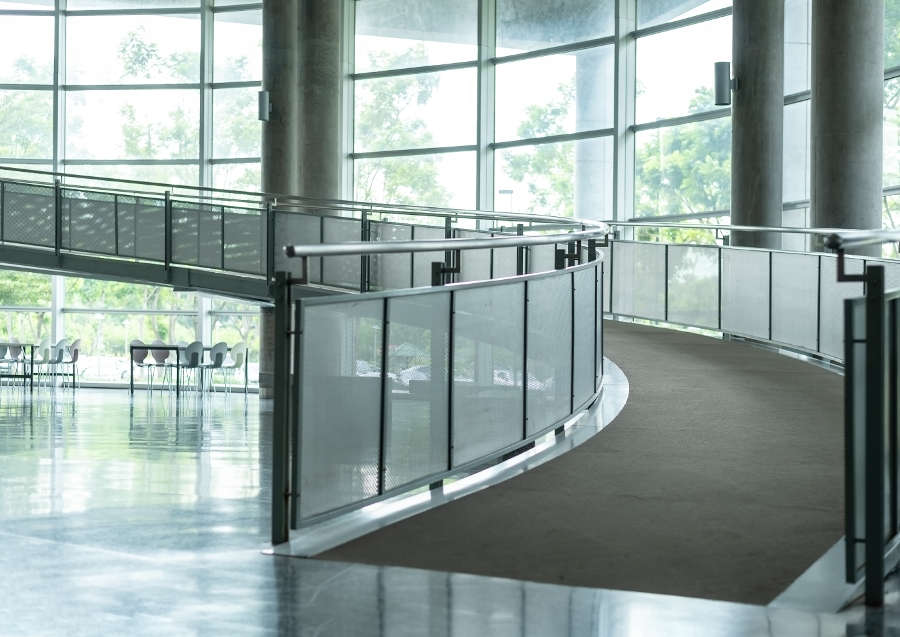
- It provides the same means of use for all users: identical whenever possible; equivalent when not. Such as the entrance to the house should not have stairs. By using a non-slope ramp instead or if there are multiple entrances, there should be at least 1 spot without stairs. Because it will be good for the elderly or children who need to use a wheelchair. Even bringing bicycles into the house or bringing furniture into the house will also be easier.
- Avoid designs for certain types of users, for example, the toilet for the elderly to use only. Because sometimes it may cause the elderly to feel self-burden and can't do anything like everyone else
- Equally provides privacy and security for all users. Such as having various corners in the house such as a dining corner, TV corner, work corner so that family members can have their own space to do activities that they want alone Without disturbing other members in the house.
- Many spots for bright lights, such as some people may want to read a book, can turn on the light only that area without disturbing others who want to relax.
- Matching beauty patterns that are pleasing or acceptable for everyone
Principle 2: Flexibility in Use
Design and use of various materials the house must support the needs and capabilities of different individuals, which can be modified to suit the needs of everyone.
- There are options on how to use the switch, such as the light switch, there may be a pull cord near the head of the bed and a wall switch near the entrance of the room. The shower in the bathroom is better to use with adjustable handles rather than wall-mounted type. Some homes or condominiums that use the Digital Door Lock system should choose to use two systems which are able to press the code or use a key card and have a key unlocking system as well. Because many times it is found that some elderly people are not good at entering codes to open the door, prefer to use keys more.
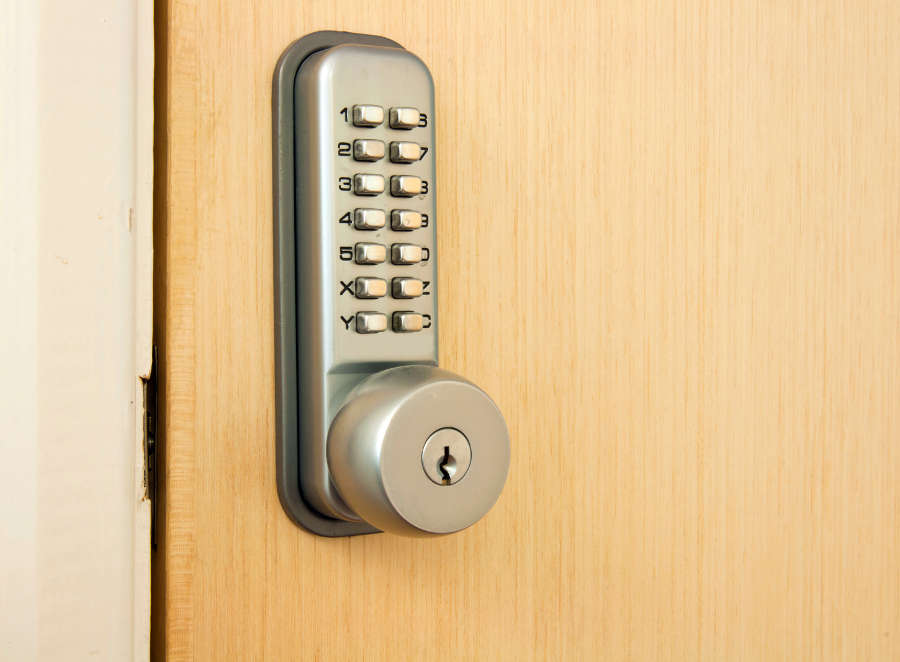
- Providing ease of use, whether that person is left-handed or right-handed. For example, the water tap in the sink should be attached to the center and use the on-off method by moving forward and backward. Or with a rocker head to turn the water off both the left and right sides of the faucet, instead of the rotating head that most often use to rotate to the right.
- It helps to facilitate the use of accurate for users. For example, the car park must have a slope that is not too steep until the car scratches off the ground. And the parking area has a clear symbol of where to stop so it will not hit walls or other objects that may be in the corner.
Principle 3: Simple and Intuitive Use
The design must be easy to understand, regardless of experience, knowledge of language skills or a lot of effort while using.
- Designed in accordance with the expectations and familiarity of users such as bathrooms in Thailand must have a washer cable. (Which doesn't have in Europe or America)
- Easy to understand for people of all educational levels and ability to understand languages such as adjusting warm water, cold water, and warm water. Use symbols that everyone understands, such as red for hot water, blue for cold water.
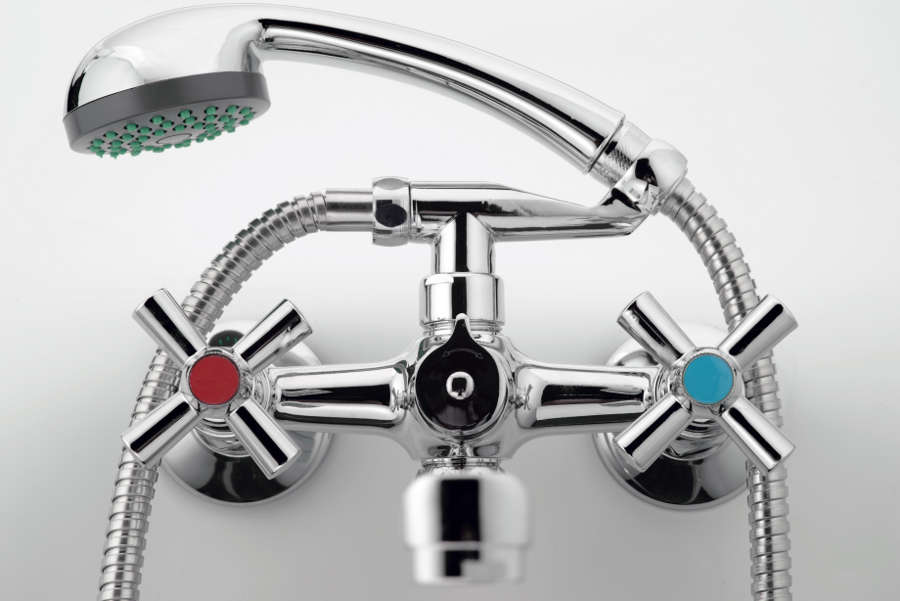
Principle 4: Perceptible Information
- Communication design is necessary and easy to understand for users regardless of their level of cognitive ability. For example, the symbol of a male or female bathroom should be universal. Some shopping malls try to design the icon showing the male and female bathroom symbols that give exotic beauty, but users can't see which room belongs to men or women. Clearly showing that communication has failed. Or even choosing new digital appliances that having to press the multi-step menu selection button will make some elderly people feel difficult to use and therefore do not want to use.
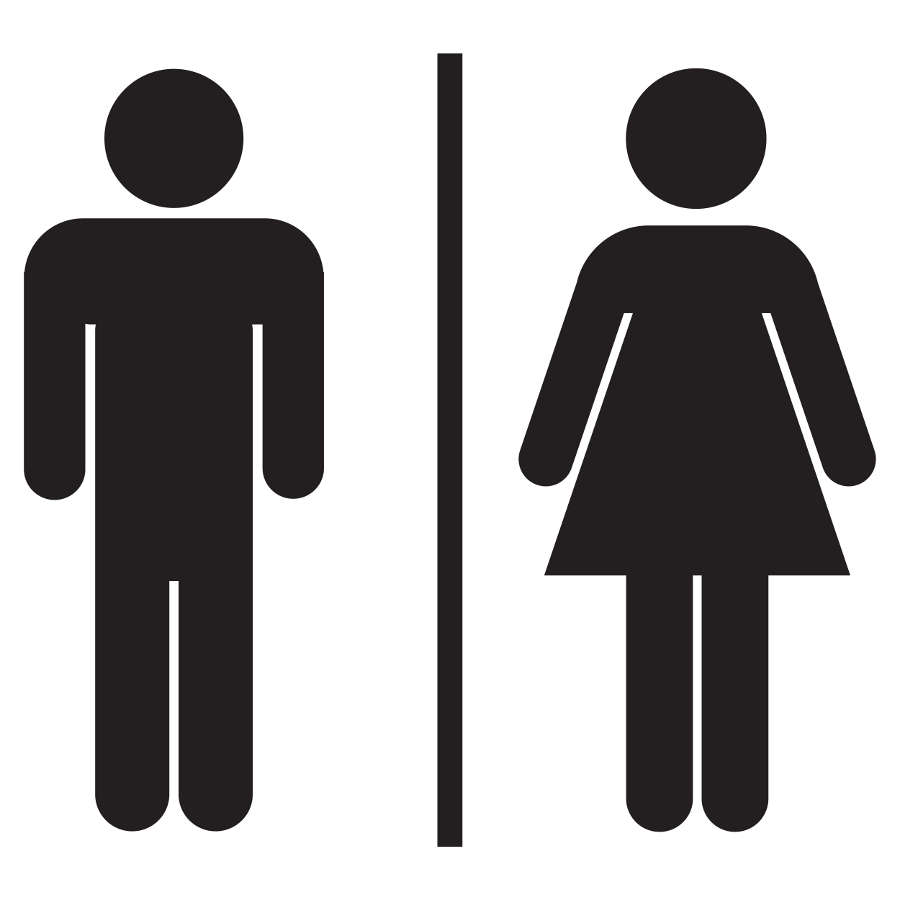
- A form of communication that is necessary for the user to be efficient, considering the environment or the sensory ability of all groups of users. Many people may have experienced the problem that the door must be pulled in or pushed out. Some do not have clear communication. When pushed in, it may scrape with the relatively low ground, etc. Therefore, should have a clear statement on how to use it.
- Use a variety of communication, including images, sounds or touch. For information that is often needed. For example, in a home where people with visual impairment or children may have both letters, pictures, and bel fonts
- Demonstrating enough differences between the workspace and other environments. For example, use different colors between the ball and the ladder. Which makes getting up and down stairs safer because users can clearly see where each step ends. Or the use of distinct colors between the floor of the room and the time which can also help prevent accidents. In addition, there should be enough lighting at the stairs and entrance to the house.
- make the necessary equipment clearer and easier to observe, such as firefighting equipment or the fire exit must be clear enough to noticed immediately. The doorbell must be clearly visible, not covered by trees, and should glow at night.
- The design of the width of a walkway or entrance in the house must be compatible with various techniques or equipment used by people with physical limitations. For example, in a home that has elderly or disabled people who need wheelchairs or use a walking stick to walk. In the bathroom, including the connecting corridor inside the house, must have enough space for wheelchairs to pass through or enter, such as the corridor in the house must be at least 80 cm wide.
Principle 5: Tolerance for Error
The design helps to reduce hazards and unwanted effects from accidents or unexpected events.
- Arrange components to reduce hazards and errors. In the storage room must have a classification of storage. The things that need the most, easiest access. Various materials or toxins Hazardous material must be disposed of, isolated, or put on a warning sign and hidden.
- The ground floor of the house should have at least 1 bathroom for the convenience of both visitors and residents. Electrical plugs should not be too low for young children to reach. Or with a cover to protect children from poking
- The storage room or locker should have a clear warning about what is dangerous or which equipment is broken or unusable. Such as bathroom cleaners, pesticide in a specific area and a sticker on the front of the cabinet as a dangerous substance. Or keep the knife out of the reach of children etc. Any broken equipment should be clearly labeled not to be used.

- There is a safety system if mistakes occur, such as installing smoke detectors and has a sprinkler system in case of fire
Principle 6: Low Physical Effort
The design can be used effectively. Without much effort with minimal fatigue.
Some homes use large or heavy folding glass doors or sliding doors. Women and old people may not be able to open or close themselves because they must exert so much that they may cause muscle injury.
- Helping the user to maintain a normal body position without needing to bend over and reach beyond. Such as the level of the faucet or the power plug must not be far away from reaching. The sink should be attached to the counter as much as possible, so you don't have to reach too much when using it.
- Reduce repetitions frequently to a minimum. For example, a tap with a faucet and water will flow out for a while and then stop. Sometimes set the time for the water to flow out too short until the person was not able to wash all the soap on his hands and must press again 2-3 times more to clean hands. In this case, it should be adjusted so that the water outflow time is longer for the actual use.
Principle 7: Size and Space for Approach and Use
Various usage areas Should have the right size and space Enough for access. Management and use must consider body size and user gestures or movements. Such as the kitchen area Space between food preparation areas, stoves or appliances such as refrigerators should have enough space to be able to turn. Especially while having items such as having a food tray in the hand or wide enough for two people to walk past each other easily.
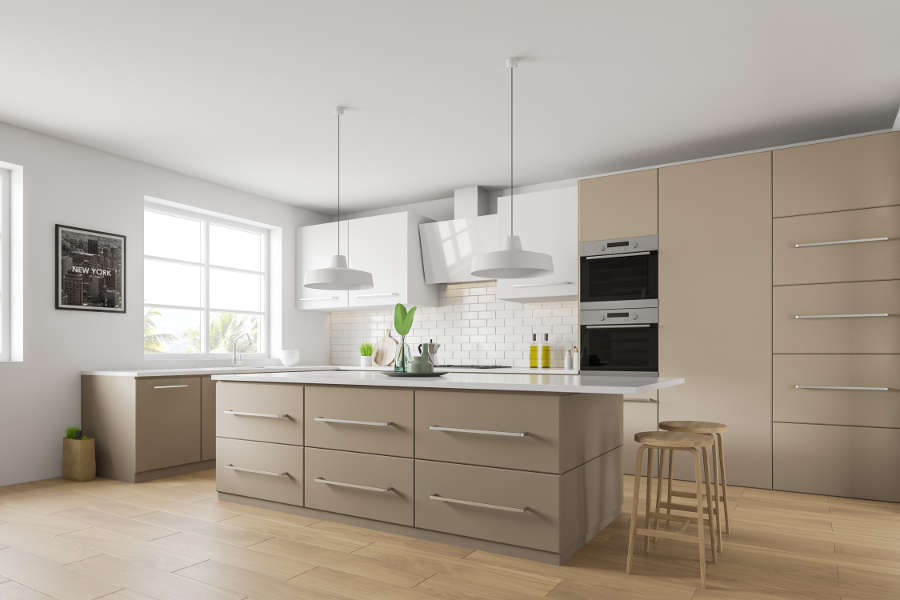
Some houses have stairs that are so narrow that you cannot carry large items such as mattresses. Before designing, make sure that all parts have enough space for loading. And enough for those who need tools or someone to help during the use, such as the elderly who need someone to help with the use of sticks or disabled people who need wheelchairs.
The universal design is a common thing that we already know. But sometimes neglecting or not being careful enough. In the case of existing home improvements, all techniques can be applied gradually. But if building a whole new house, it can be used as a basis for building a home that is comfortable for everyone from the start.
Reference: https://www.udll.com/media-room/articles/the-seven-principles-of-universal-design/